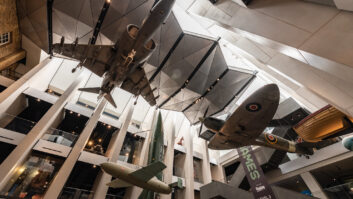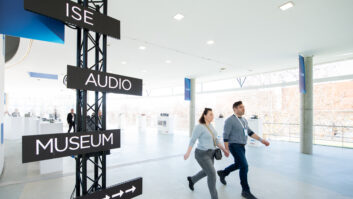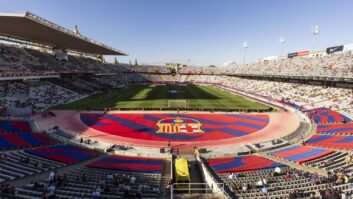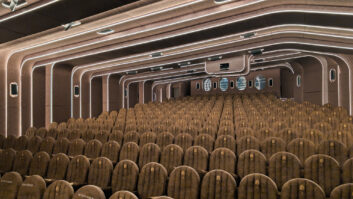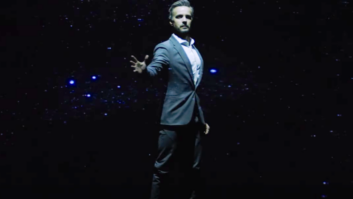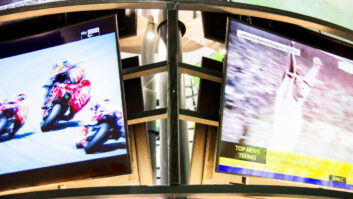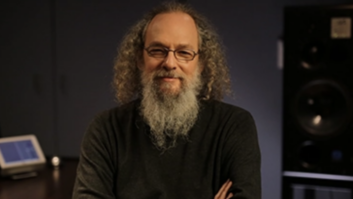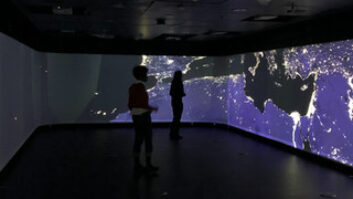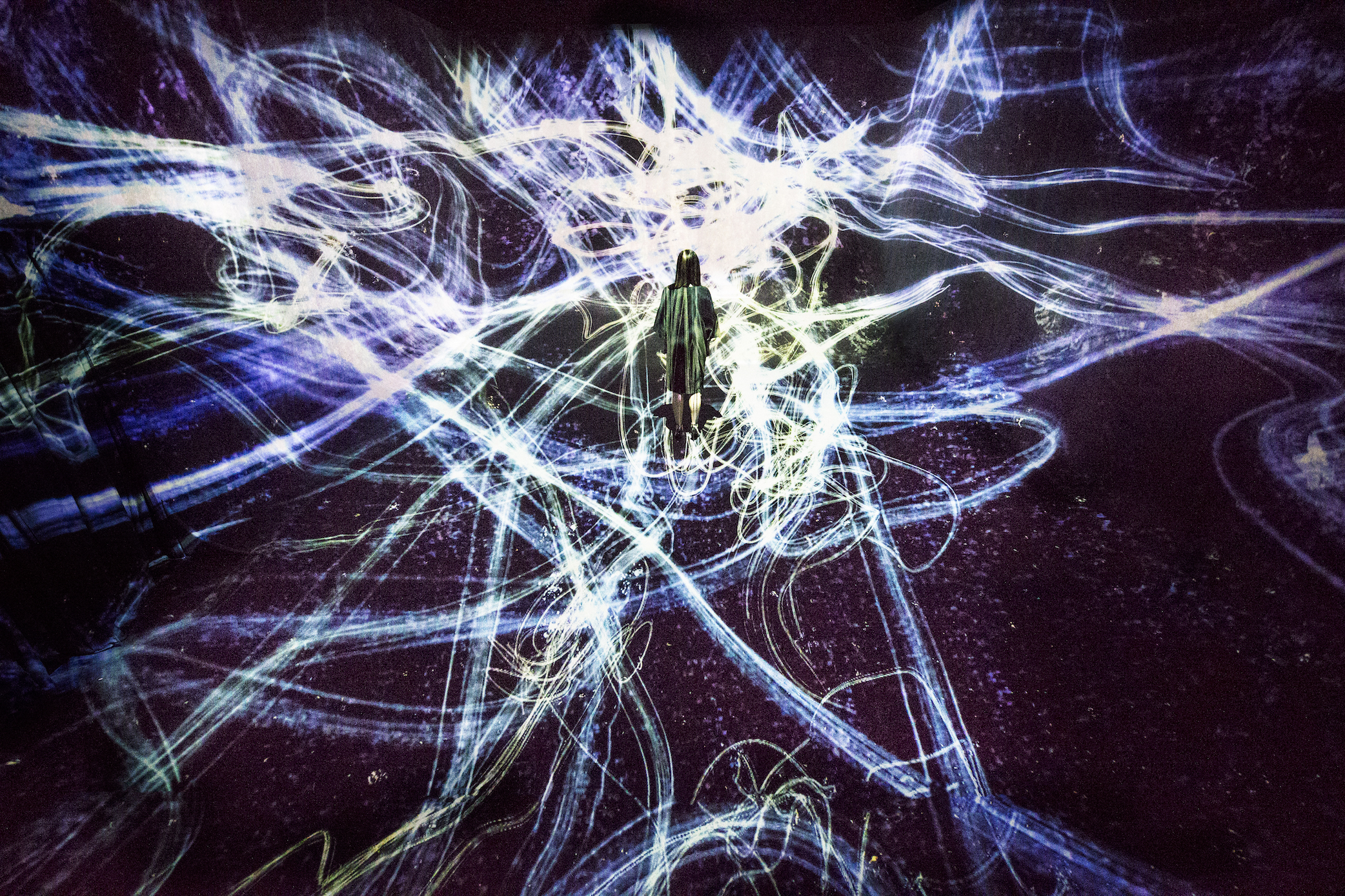
Starting on 30 August 2018 and running to 6 January 2019, the newly opened art museum Amos Rex in central Helsinki will host its inaugural exhibition ‘Massless’.
The exhibition presents the work of teamLab – an art collective and interdisciplinary group of ‘ultratechnologists’, which includes artists, programmers, engineers, CG animators, mathematicians and architects. The 500-strong Tokyo-based group aims to ‘reconfigure reality’ through collective initiatives. The team has a global presence with a number of exhibitions in its native Japan as well as in the UK, France and the US, among many others.
‘Massless’ brings new works to an immense underground exhibit space in the Amos Rex museum and aims to dissolve the boundary between the art and visitors by exploring the notion of massless. It also examines the idea of liberating human expression from the physical to the digital. The exhibition description details: “Expression no longer requires an irreversible bond to the material in order to exist, thus dissolving the notion of mass.” The idea of freeing expression from physical constraints enables visitors to experience the artworks in a completely new way.
Pro AV Saarikko worked with teamLab to install the AV technology for the project and owner Jorma Saarikko told Installation that there wasn’t a specific brief as such, but he had a number of lengthy discussions with the director of the museum, which began two years ago. The installation itself took seven weeks in total. The idea was to use the latest technology and ensure it was installed as discreetly as possible. The trickiest element was getting the immersive feeling, while not having the technology visible to the public. This led Saarikko to specify 133 Epson projectors enhanced using Dynamic Projection Mirror Head technology, which enables images to be projected onto any surface. For the audio element, Genelec speaker systems were chosen along with a range of audio interface and connectivity solutions and smart furniture solutions.
Featured works
There are five featured works housed in the exhibition, each with unique elements for the visitor. The first is ‘Vortex of Light Particles’, which is a digital installation on a continuous loop. The large exhibit space at Amos Rex is characterised by its distinctly curved ceiling, which becomes a part of the plaza landscape above ground. The large skylight at the top of the space connects the exhibit underground with the plaza. From the underground exhibit space, water pours up to the ceiling, towards the skylight and the outside world. The water is represented by a continuum of numerous water particles, and the interaction between the particles is calculated. Lines are drawn in relation to the behaviour of the water particles. The lines are then ‘flattened’ using what teamLab considers to be ultra-subjective space. The movement of water is determined by the shape of the museum and the force that pulls the water up to the skylight and the plaza above. It is this movement of water that creates the installation.
Single ecosystem
The second exhibit is an interactive installation called ‘Graffiti Nature: Lost, Immersed and Reborn’. This is depicted as a single ecosystem where the various creatures people have drawn reside in the space. The creatures are animated and interact with each other, eating and being eaten, creating the single ecosystem concept. There is an additional level of interactivity as when an animal eats another it will multiply, likewise when an animal cannot eat for a while or is eaten by others, they will die and disappear. Flowers will bloom if when the visitor stands still, but will disperse when they walk around. Butterflies increase in places where there are flowers, and crocodiles die if they are stepped on too much.
Elsewhere there is a interactive digital install lasting just under four and a half minutes entitled ‘Crows are Chased and the Chasing Crows are Destined to be Chased as well, Transcending Space’. Visitors can walk around freely in a space that completely surrounds them with projections on all sides. Crows are rendered in light as they fly around the space, leaving trails of light behind them and creating spatial calligraphy. The crows chase one another and when the crows crash into each other, they scatter, turning into flowers. The crows attempt to fly around people in the space, but when they collide with a visitor, they scatter, turning into flowers in the same way.
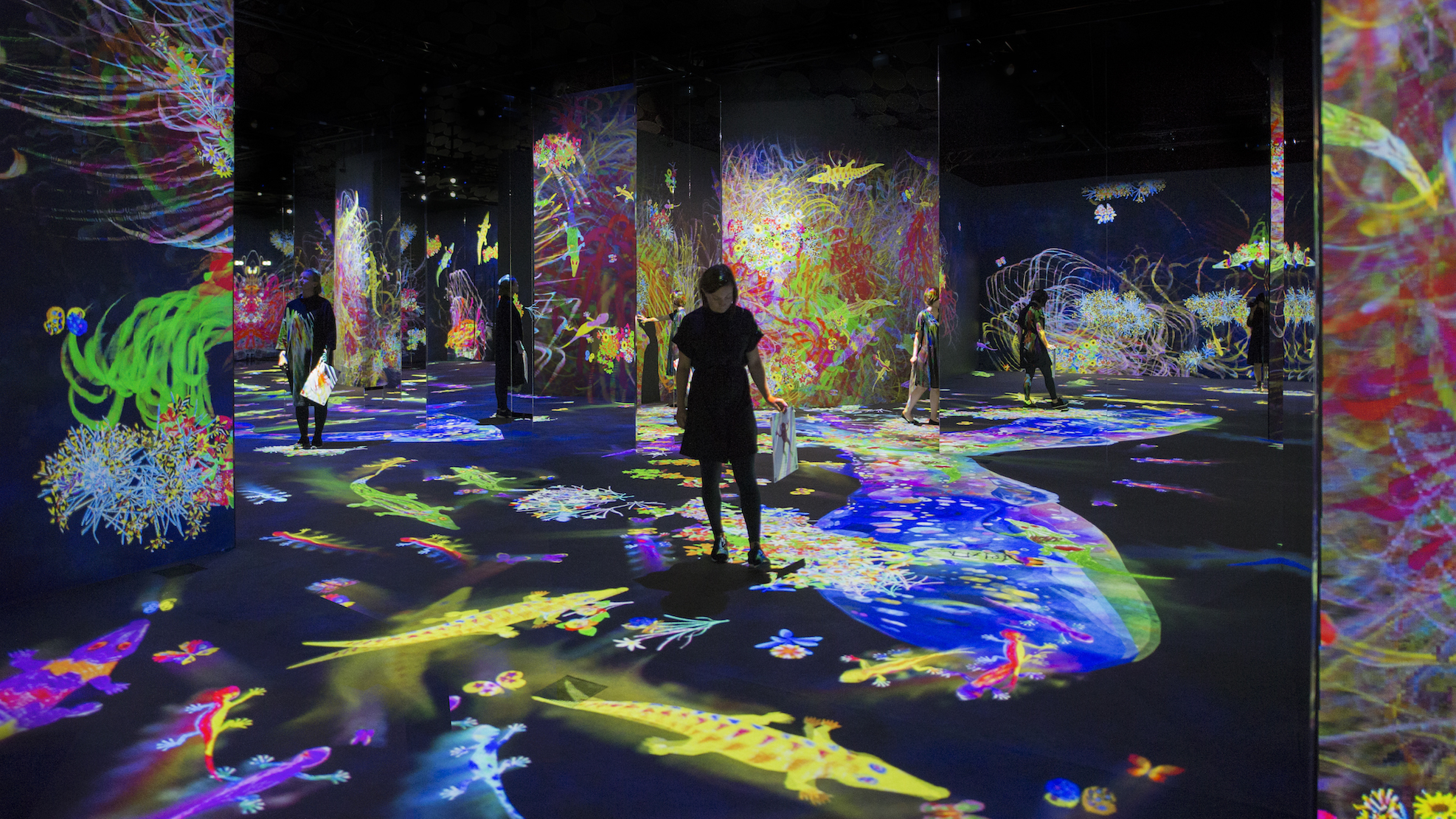
When you stand near a designated space within the artwork the boundary between the wall and the floor disappears, the space dissolves and the viewer becomes immersed in the artwork and the lines drawn by the trails of the crows appear to be drawn in three dimensions in the space. The installation is rendered in real time by a computer program with none of the animations pre-recorded. It is constantly changing with each depiction new rather than repeated or on a loop.
‘Ultra-subjective space’
In contrast the ‘Black Waves’ installation is on a continuous loop. The movement of waves in water is simulated in a computer-generated 3D space. The water is expressed as a continuous body after calculating the interactions of hundreds of thousands of particles. To visualise the waves, the behaviour of the particles of the water was then extracted and lines were drawn in relation to the movement of the particles. The wave created in a 3D space is then turned into an artwork in accordance with what teamLab refers to as ‘ultra-subjective space’.
‘Black Waves’ is based on pre-modern Japanese painting where oceans, rivers, and other bodies of water were expressed as a series of lines. These lines give the impression of life, as though water was a living entity. This installation is designed to fuse together today’s objective world with the subjective world of our ancestors who sensed life in rivers and oceans and had a much closer relationship with nature.
When viewing this artwork, as opposed to watching waves shot with a video camera, it has been designed to allow people to feel that the barrier between themselves and the waves has disappeared. It also aims to take people back to the state of mind of our ancestors – feeling part of nature rather than observing it from a distance.
The longest looped digital work at the exhibition is ‘Enso’, which is the Zen practice of drawing a circle with a single brush stroke. This artwork depicts an Enso drawn as Spatial Calligraphy. The brush stroke is suspended in space but the viewpoint changes to reveal the circle Enso. teamLab has been working on Spatial Calligraphy since the collective formed in 2001. A new interpretation of traditional calligraphy, Spatial Calligraphy reconstructs calligraphy in 3D space and expresses the depth, speed and power of the brush stroke.
In Zen, Enso is a circle that has since ancient times been written with canes or sticks in mid air. It is said to represent enlightenment, truth, the entirety of the universe, and equality. The circle also reflects the hearts and minds of those who view it, with its interpretation left to the individual.
Summing up his thoughts on the finished project, Saarikko says: “I am proud and happy, everything is running fine, there are no technical problems at all and everyone at the museum is more than happy.” In the first three weeks of the exhibition approximately 60,000 visitors were recorded.
www.amosrex.fi
www.dynamicprojection.com
www.genelec.com
www.epson.eu
www.hitachi.com
www.hokuyo-aut.jp
www.idk.co.jp
www.musictribe.com
www.proav.fi
www.rme-audio.de
www.vnstw.com
